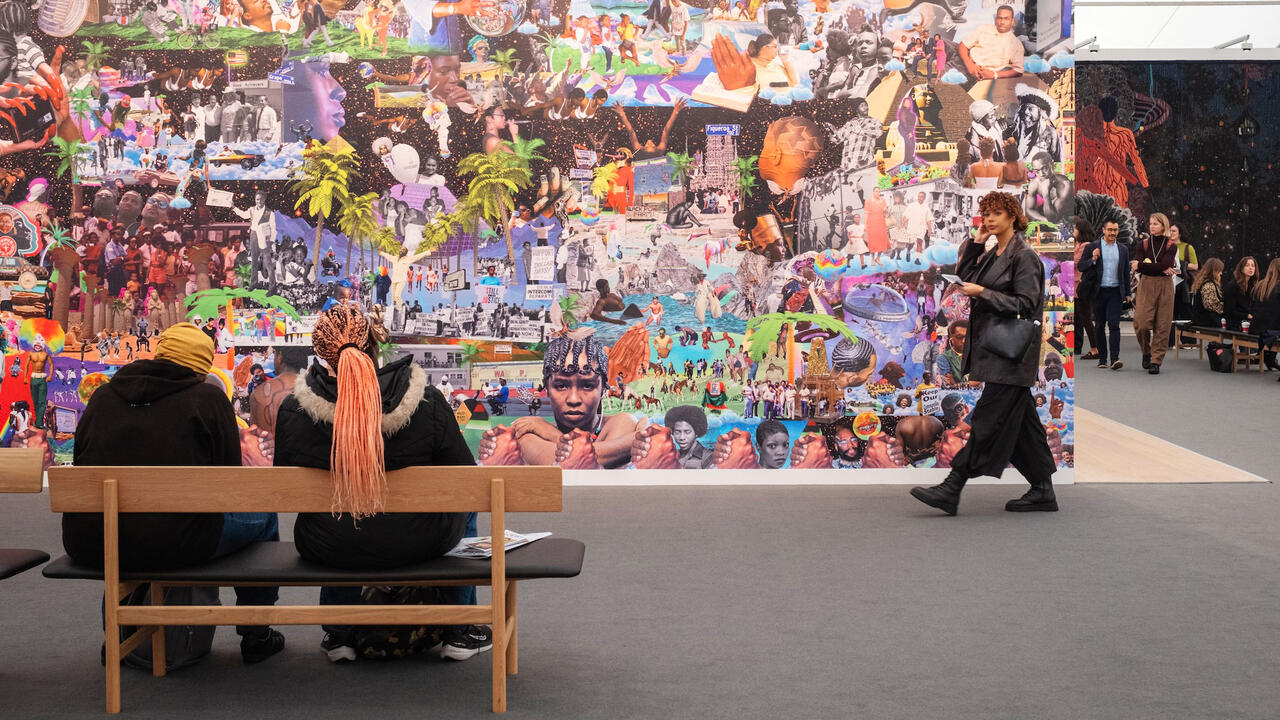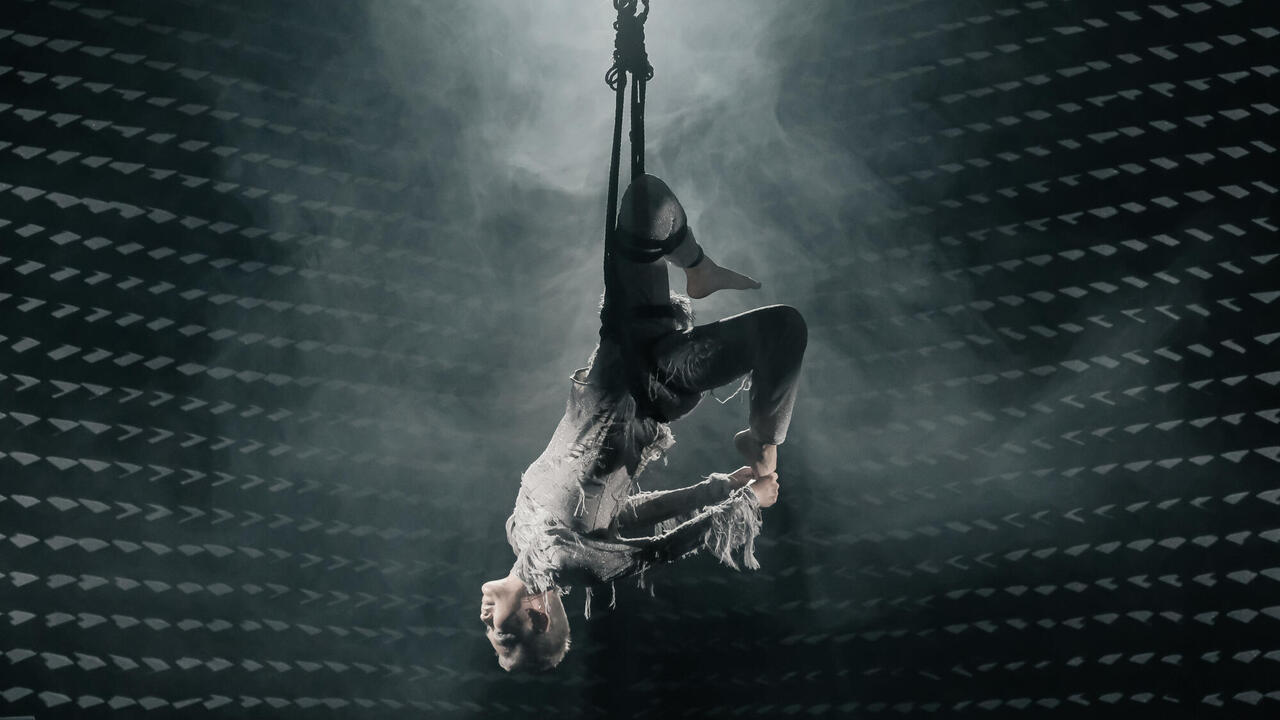Let The Body Be Electric, Let There Be Whistleblowers
Dan Gunn, Berlin, Germany
Dan Gunn, Berlin, Germany

Only a few years ago, every second contemporary art exhibition seemed to host the clatter and whirr of 16mm projectors, a phase that was quickly superseded by digitized aesthetics and the ubiquity of HD. It was something of a flashback, therefore, to find the entrance of Dan Gunn’s gallery blocked by a bulky projector stand, and its darkened rooms illuminated by the flicker of largely black and white projections on suspended screens. For this exhibition, guest curators Heidi Ballet and Anselm Franke selected three artists spanning three generations – veteran American experimental filmmaker Ken Jacobs (born in 1933), Danish artist Joachim Koester (born in 1962) and Allison Gibbs (born in 1978), a recent graduate of Glasgow School of Art.
Opening the show, Jacobs’s flickering montage of early-20th-century footage of a steam train (Let There Be Whistleblowers, 2005) dispensed with the film projector altogether, and was projected digitally. This was the first of several displacements raising questions about the broader socio-political, perceptual or metaphorical potentials of machinery, rather than seeking its nostalgic resonance. Jacobs uses short sections of footage to hypnotic effect: repeating fragments, enlarging images to unrecognizability, or varying the light to a violently stroboscopic degree. The soundtrack is Steve Reich’s Drumming (1970–71), in which two drummers play the same rhythmic patterns, slipping in and out of synchronization – the aural equivalent of Jacobs’s own experiments in perception-splicing editing. The sound lends the film an almost voodoo-like atmosphere, not to mention accruing sexual overtones, as the locomotive enters and reenters a tunnel, or blurry patches of grey and white turn out to be passengers waving white handkerchiefs from open windows, like some ambiguous ancient ritual. History dissolves and becomes a facet of perception while both railways and film become means of twisting perception, as the subversive double meaning of the title’s ‘whistleblowers’ suggests.
Koester’s pair of pendant black and white 16mm films were silent save for the projectors’ whirr. In each, the camera lingers almost fetishistically over the contours of a machine: a 16mm film projector in Body Electric (2014) and the first sewing machine in HOWE (2013), invented and patented by Elias Howe in 1846. Like the steam train, these both had a revolutionary impact on society, but Koester’s films focus on their surfaces, suggesting their physical as well as functional similarities (as the show’s press release tells us, the ‘presser foot’ mechanism of the sewing machine was adapted by the Lumière brothers for their early Cinematograph.) The most potent similarity, however – albeit a metaphorical one – is with the human body. Gibbs’s How to wash your hands in molten metal (2014) seemed to draw this fact forth. In this colour film, a woman’s hands perform a series of gestures like a conjuror, appearing in turn from the right or left sides of the otherwise black screen. That these codified gestures actually represent the form of double entry book-keeping, with each side of the screen representing either credit or debit, could not be deduced without prior knowledge, but seen here in relation to Koester’s films, the introduction of the hand clearly suggested humanity’s relation to civilization, with self-devised systems and mechanic inventions as the fulcrum between the two.
The sexual undercurrents of the man/machine relationship became literal in Koester’s Of Spirits and Empty Spaces (2012), in which well-paced subtitles on a black screen narrate a fascinating if bizarre event: a séance conducted by mid-19th-century spiritualist John Murray Spear to bypass Howe’s patent by accessing information about the sewing machine from the spiritual realm. As the subtitles vividly describe, the séance’s participants – the ‘Needlist’, ‘Eyeist’ and ‘Wheelist’ – each act out a machine part in a frenzy of sexualized movements, while the ‘Implementer’ interprets their movements to aid his design of the machine. The machine itself becomes some kind of metaphysical product, conjured by magic into the material world.
Despite initial appearances, the works here were anything but nostalgic. The questions they raise about the impact that new machines may be having on our bodies, perceptions and on society are as relevant to the present as they were to the past. ‘Let the body be electric,’ declares Koester’s film. Would we now say, ‘Let it be digital?’





















